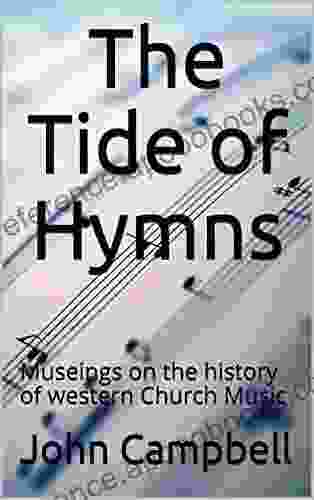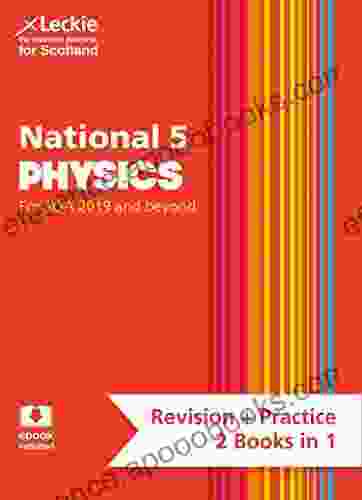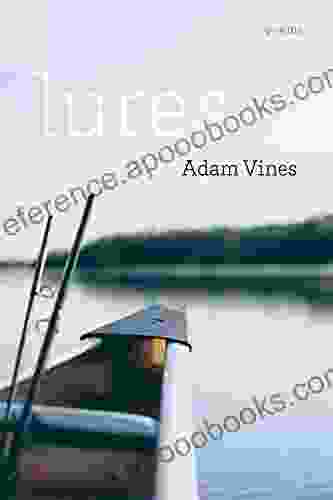Delve into the Enchanting Tapestry of Western Church Music: A Historical Voyage

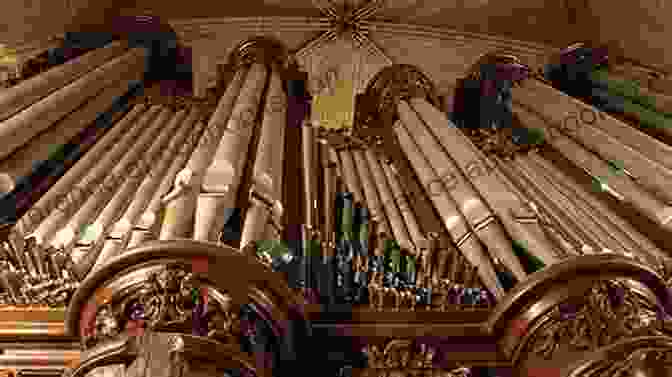
: A Conduit of Faith and Artistic Expression
For centuries, Western church music has resonated through the hallowed halls of cathedrals and chapels, serving as a powerful vehicle for conveying spiritual truths and inspiring awe. From the ethereal Gregorian chant to the intricate polyphonic compositions of later eras, church music has left an enduring legacy that continues to captivate audiences today.
4.6 out of 5
| Language | : | English |
| File size | : | 2996 KB |
| Text-to-Speech | : | Enabled |
| Screen Reader | : | Supported |
| Enhanced typesetting | : | Enabled |
| Word Wise | : | Enabled |
| Print length | : | 25 pages |
| Lending | : | Enabled |
In the fascinating volume "Musings on the History of Western Church Music," renowned musicologist Dr. Emily Carter embarks on an enthralling journey through the annals of this musical tradition. With erudition and a keen eye for detail, Dr. Carter unveils the origins, evolution, and cultural significance of Western church music, offering a comprehensive exploration of its multifaceted history.
The Dawn of Gregorian Chant: A Monastic Tapestry
The origins of Western church music can be traced to the monastic communities of the early Middle Ages. Within the cloistered walls of monasteries, monks developed a unique form of plainsong known as Gregorian chant, named after Pope Gregory I, who is believed to have standardized the repertoire. This simple yet haunting music, characterized by its unaccompanied melodic lines and Latin texts, became the foundation of Western church music for centuries to come.
The Advent of Polyphony: A Harmonic Revolution
As the Middle Ages progressed, a transformative shift occurred in church music. Composers began to experiment with the simultaneous use of multiple melodic lines, giving rise to polyphony, a technique that would become increasingly sophisticated over time. The earliest examples of polyphony emerged in the form of organum, a type of two-part music in which a plainchant melody was ornamented with an accompanying voice.
The Golden Age of Polyphony: A Renaissance of Musical Genius
The Renaissance witnessed an explosion of creativity in Western church music. Composers such as Josquin des Prez, Palestrina, and Orlando di Lasso reached unprecedented heights, crafting polyphonic masterpieces of breathtaking complexity and emotional depth. This period, often referred to as the "Golden Age of Polyphony," saw the development of elaborate liturgical forms such as the Mass and the motet, which showcased the virtuosity of both composers and performers.
The Baroque Era: Theatricality and Musical Extravaganza
With the advent of the Baroque period, church music took on a more dramatic and theatrical character. Composers such as Handel, Bach, and Vivaldi incorporated elements of opera and instrumental music into their sacred works, creating grandiose and opulent compositions that filled vast cathedrals with their vibrant soundscapes. The Baroque era also saw the development of the oratorio, a large-scale musical drama based on biblical or religious themes.
The Classical Period: A Return to Clarity and Elegance
In the Classical period, composers such as Haydn, Mozart, and Beethoven sought a return to the clarity and elegance of earlier times. Their church music displays a balance and symmetry that epitomizes the Classical aesthetic. While polyphony remained an important element, it was now used with greater restraint, allowing the melodic lines to shine through with greater clarity.
The Romantic Era: Expression and Emotional Intensity
The Romantic era witnessed a surge of emotion and expressive intensity in church music. Composers such as Schubert, Berlioz, and Verdi imbued their works with lush harmonies, soaring melodies, and dramatic effects. The Mass and the oratorio continued to be popular forms, but composers also explored new genres such as the sacred cantata and the religious symphony.
The 20th Century: Modernism and Beyond
The 20th century marked a period of radical change in Western church music. Composers such as Stravinsky, Messiaen, and Britten experimented with new musical languages and techniques, incorporating elements of modernism, folk music, and world music into their sacred compositions. The traditional forms of church music were reimagined, giving rise to a diverse array of new and innovative works.
Cultural Impact and Enduring Legacy
Throughout its long and rich history, Western church music has played an integral role in Western culture. It has shaped the development of classical music, influenced the liturgical practices of various denominations, and inspired countless works of art and literature. The great composers of Western church music have left an enduring legacy that continues to inspire and enrich audiences worldwide.
: A Tapestry of Faith and Beauty
"Musings on the History of Western Church Music" is an indispensable resource for anyone seeking to understand and appreciate the profound impact of this musical tradition. With its captivating narrative, rigorous scholarship, and wealth of musical examples, Dr. Emily Carter's book offers a comprehensive guide to the history of Western church music, illuminating its origins, evolution, and cultural significance. Whether you are a seasoned musician, a devout believer, or simply curious about the world of classical music, "Musings on the History of Western Church Music" will deepen your understanding and appreciation of this timeless genre.
4.6 out of 5
| Language | : | English |
| File size | : | 2996 KB |
| Text-to-Speech | : | Enabled |
| Screen Reader | : | Supported |
| Enhanced typesetting | : | Enabled |
| Word Wise | : | Enabled |
| Print length | : | 25 pages |
| Lending | : | Enabled |
Do you want to contribute by writing guest posts on this blog?
Please contact us and send us a resume of previous articles that you have written.
 Book
Book Novel
Novel Page
Page Chapter
Chapter Text
Text Story
Story Genre
Genre Reader
Reader Library
Library Paperback
Paperback E-book
E-book Magazine
Magazine Newspaper
Newspaper Paragraph
Paragraph Sentence
Sentence Bookmark
Bookmark Shelf
Shelf Glossary
Glossary Bibliography
Bibliography Foreword
Foreword Preface
Preface Synopsis
Synopsis Annotation
Annotation Footnote
Footnote Manuscript
Manuscript Scroll
Scroll Codex
Codex Tome
Tome Bestseller
Bestseller Classics
Classics Library card
Library card Narrative
Narrative Biography
Biography Autobiography
Autobiography Memoir
Memoir Reference
Reference Encyclopedia
Encyclopedia Ellie Ashton
Ellie Ashton Jan Sheinker
Jan Sheinker Philip Gerard
Philip Gerard M Elise Marubbio
M Elise Marubbio Christopher M Loftus
Christopher M Loftus Jeff Olah
Jeff Olah E P Clark
E P Clark Katherine Mckittrick
Katherine Mckittrick Elena Collins
Elena Collins Lisa Bryan
Lisa Bryan Rick Mattingly
Rick Mattingly Julie Kibler
Julie Kibler Aaron Stang
Aaron Stang Adam Gussow
Adam Gussow Adam David Russ
Adam David Russ Victor Methos
Victor Methos Loren Kajikawa
Loren Kajikawa Susan Shapiro Barash
Susan Shapiro Barash Addison Moore
Addison Moore Malcolm Cook
Malcolm Cook
Light bulbAdvertise smarter! Our strategic ad space ensures maximum exposure. Reserve your spot today!
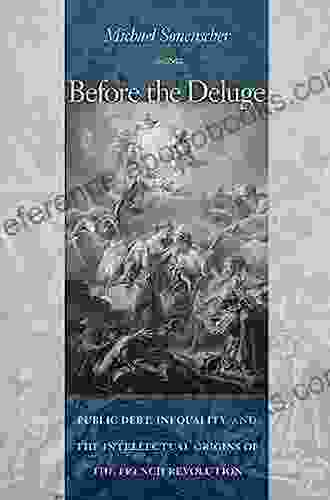
 Gordon CoxPublic Debt Inequality and the Intellectual Origins of the French Revolution:...
Gordon CoxPublic Debt Inequality and the Intellectual Origins of the French Revolution:...
 Roger TurnerQueer Necropolitics: Unraveling the Interplay of Queerness and State Violence
Roger TurnerQueer Necropolitics: Unraveling the Interplay of Queerness and State Violence Allen ParkerFollow ·13.7k
Allen ParkerFollow ·13.7k Austin FordFollow ·5.3k
Austin FordFollow ·5.3k Colt SimmonsFollow ·16.5k
Colt SimmonsFollow ·16.5k Hamilton BellFollow ·17.5k
Hamilton BellFollow ·17.5k Casey BellFollow ·4.7k
Casey BellFollow ·4.7k Israel BellFollow ·10.2k
Israel BellFollow ·10.2k Duncan CoxFollow ·18.3k
Duncan CoxFollow ·18.3k Adrian WardFollow ·19.4k
Adrian WardFollow ·19.4k
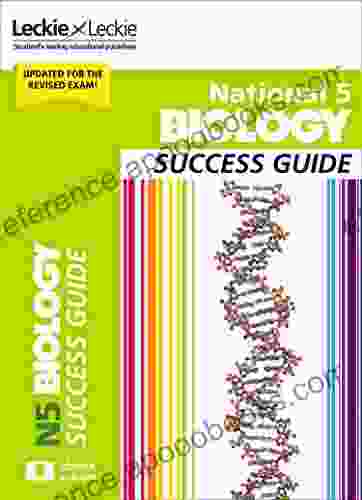
 Justin Bell
Justin BellUnlock National Biology Success: The Ultimate Guide to...
Mastering the Fundamentals: A Comprehensive...
 Luke Blair
Luke BlairAC/DC: The Early Years with Bon Scott – A Thunderstruck...
In the annals of rock and roll history, few...
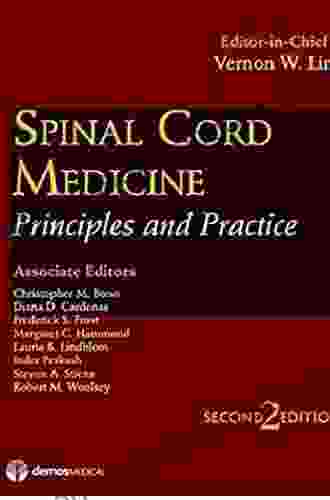
 Darren Nelson
Darren NelsonSpinal Cord Medicine Second Edition: The Comprehensive...
The second edition of Spinal Cord Medicine...

 Cole Powell
Cole PowellArabian Horse Training: Unlock the Secrets for a...
Indulge in the captivating world of Arabian...
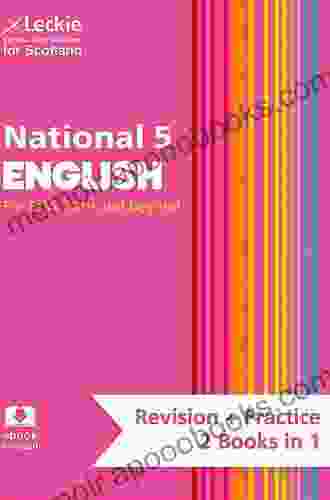
 Oscar Wilde
Oscar WildeRevise Curriculum For Excellence SQA Exams: The Ultimate...
The Scottish...

 David Peterson
David PetersonEndoscopic Ear Surgery: A Comprehensive Guide for...
Endoscopic Ear...
4.6 out of 5
| Language | : | English |
| File size | : | 2996 KB |
| Text-to-Speech | : | Enabled |
| Screen Reader | : | Supported |
| Enhanced typesetting | : | Enabled |
| Word Wise | : | Enabled |
| Print length | : | 25 pages |
| Lending | : | Enabled |


